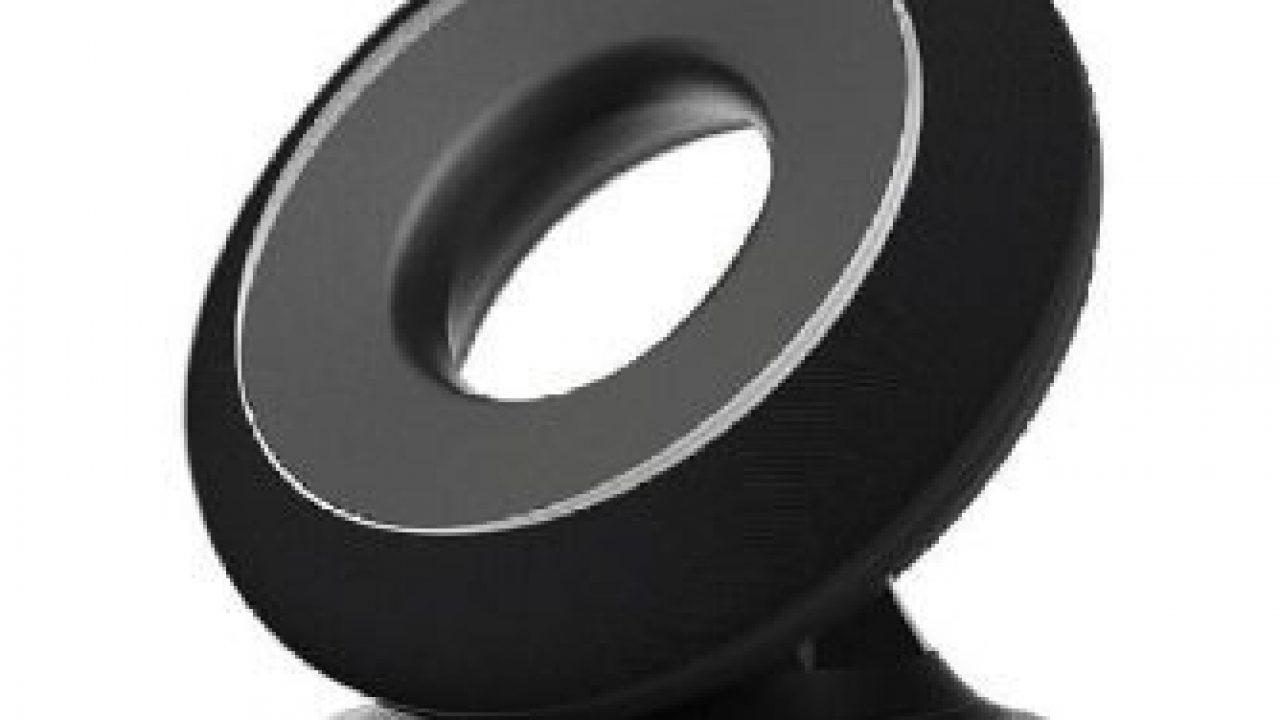CES 2017 unveils hot, connected smart devices
Article By : Junko Yoshida

Integrated with a camera, microphone and AI, the donut-shaped Olly robot not only understands speech, but is also trained to read emotions.
« Previously: How this year's CES connects with AI
One of the devices introduced at the CES Unveiled event is Olly, AI-enabled robot and speaker with personality.
![[Emotech Olly (cr)]](/wp-content/uploads/sites/2/2020/04/Emotech_Olly_cr.jpg)
__Figure 1:__ *Meet Olly*
It's a speaker, robot and companion. Olly is designed to get more personal than Amazon’s Echo, and programmed to display a personality of its own.
Amazon Echo and Google Home respond to your questions by looking up information and controlling internet-connected products installed around your home. Olly differs in its ability to be more personal and proactive.
Integrated with a camera, microphone and artificial intelligence, the donut-shaped robot not only understands speech, but is also trained to read your emotions.
At CES Unveiled, Emotech, a U.K. company, displayed two Olly robots side-by-side, each with a different personality. One Olly is more animated, energetically responding to anyone who engages with it. The other Olly is calmer, only speaking when spoken to. “Olly doesn’t mimic you, but it watches you, gets to know you, understands your daily routines, and reads your emotion,” explained Chelsea Chen, co-founder of Eotech. “Over time, it evolves to respond to the patterns of your life.”
Olly’s deep learning capability doesn’t stop at human interaction. It can also learn from data derived from a smartphone.
Asked if consumers aren’t concerned about privacy and security, Chen said, “Yes, a lot of people ask us about that.” She added, “The decision as to which of your data Olly is for you to make, not by us.”
Mars, Crazybaby's levitating wireless speaker
Crazybaby knows how to get CES attendees’ attention. Who wouldn’t stop and stare at levitating Mars speaker featuring a UFO like tweeter floating above a subwoofer column?
![[Crazybaby Mars (cr)]](/wp-content/uploads/sites/2/2020/04/Crazybaby_mars_cr.jpg)
__Figure 2:__ *Crazybaby’s Mars*
The disc-shaped tweeter can take to the air, thanks to magnetic technology from Levitation Arts.
The company calls Mars is “the world’s firsts levitating wireless Hi-Fi system that can project sound 360 degrees.”
The Crazybaby people came up with an idea of this two-part Bluetooth-based speakers, because they wanted to make the speaker sound better. By separating the two, the one that floats, called Craft, doesn’t lose any sound through transference to materials touching it, the company explained. In fact, its inventors removed “all the unnecessary elements” from the Craft. The Craft comes with no charging port. When power is low, it slowly settles onto the subwoofer base for auto-charging.
ReSound's hearing aids
At a time when most hearing aids were designed to use near-field magnetic induction (NFMI), ReSound, a Danish company, in 2010 became the first to offer hearing aids that work in 2.4GHz. The current version is ReSound’s fourth generation product.
![[ReSound hearing aid (cr)]](/wp-content/uploads/sites/2/2020/04/ReSound_hearing_aid_cr.jpg)
__Figure 3:__ *ReSound’s hearing aid (a little piece in red) can be adjusted by a smartphone.*
As Dave Fabry, ReSound’s vice president of global medical affairs, tells it, ReSound managed this feat by hiring a whole bunch of wireless technology engineers from Nokia in 2008.
ReSound’s hearing aids use no intermediate unit, like the neck loop required in traditional NFMI-based hearing aids.
ReSound’s hearing aids offer two distinct advantages, said Fabry.
First, a lot of hearing aid users complain that although their medically adjusted hearing aid works great in the doctor’s office, it falters back home in varying levels of noise. Connected to an iPhone, ReSound’s hearing aid allows the user to adjust it according to the environment.
Second, users can set up to stream audio directly from iPhone to hearing aid.
ReSound’s hearing aids are also geo-tagged, helping users find them when they’ve been misplaced.
Next: Sensor tastes fluid to gauge glucose, lactose levels »
Subscribe to Newsletter
Test Qr code text s ss


